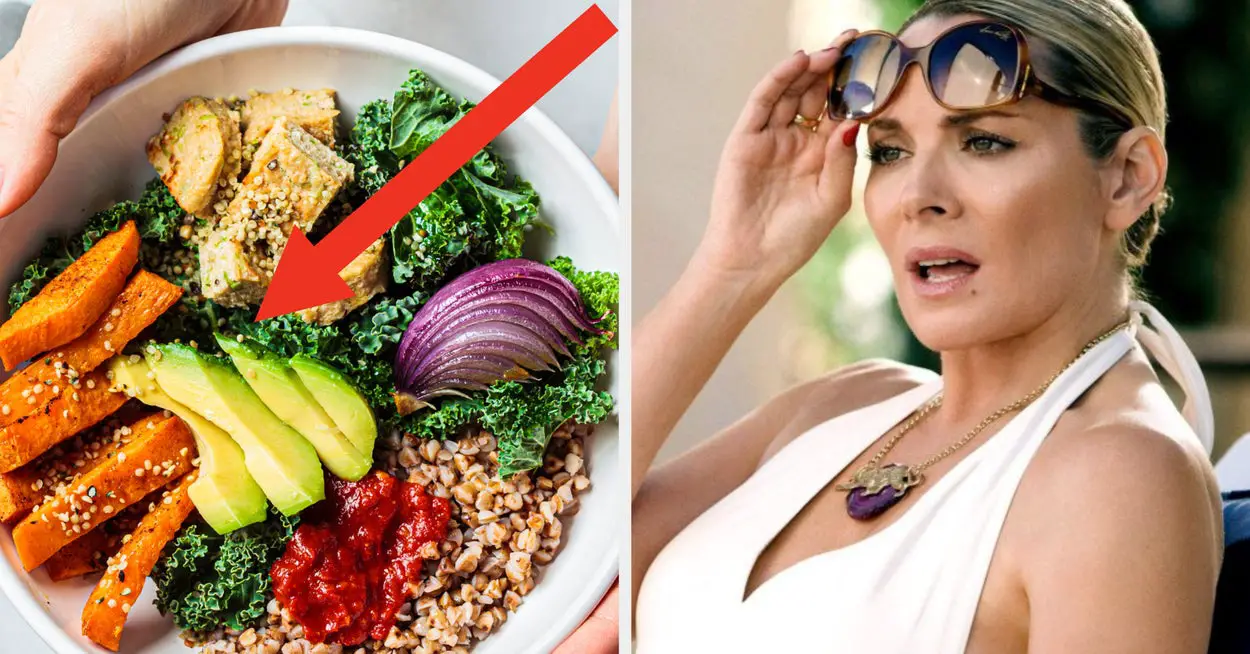Donations Make us online
“The best ‘menopause diet’ is a nutrient-dense, balanced diet that you can stick with long term,” said Tara Schmidt, a registered dietitian nutritionist and co-author of The Mayo Clinic Diet: Weight-Loss Medications Edition. “That might look different for different people, and that’s OK. A Mediterranean-style eating plan would be a good place to start.”
As you consider the best way to keep yourself nourished, keep these expert suggestions in mind.
Consider phytoestrogens: According to Karen Newby, a menopause nutritionist and author of The Natural Menopause Method: “This clever family of food can give an estrogen-like effect to help with the highs and lows of blood sugar. In Asia, where soy consumption is high, women report fewer menopausal symptoms, especially hot flashes.” Good sources, she suggested, include tofu, tempeh and soy yogurt.
Make protein a star: “Many people have heard that protein levels increase in menopause, but while that’s true, it may not be by as much as you think,” said Jenn Salib Huber, a registered dietitian, naturopathic practitioner and certified intuitive eating counselor. “Instead of counting and measuring protein, which can feel like a chore, I suggest having a ‘main character’ of 20 to 30 grams of protein at every meal.” Examples include 4 ounces of cooked chicken or 1 1/4 cups of shelled edamame.
Ease inflammation: Menopause is now classified as an inflammatory event in a woman’s life, which is why aches and pains can get worse then, Newby said. “Enjoy more omega-3-rich foods, since there’s lots of research that it can help with morning stiffness,” she said, citing oily fish like salmon, trout, mackerel, sardines and anchovies, as well as nuts, seeds and linseed oil as good sources. “Turmeric and ginger are potent anti-inflammatories, too,” she said.
“Women can limit inflammation through nutrition,” said Dr. Mary Claire Haver, an OB-GYN. “That means eating healthy fats, lean meats, antioxidant-rich fruits and vegetables, and more fiber.”
Source link












Leave a Reply